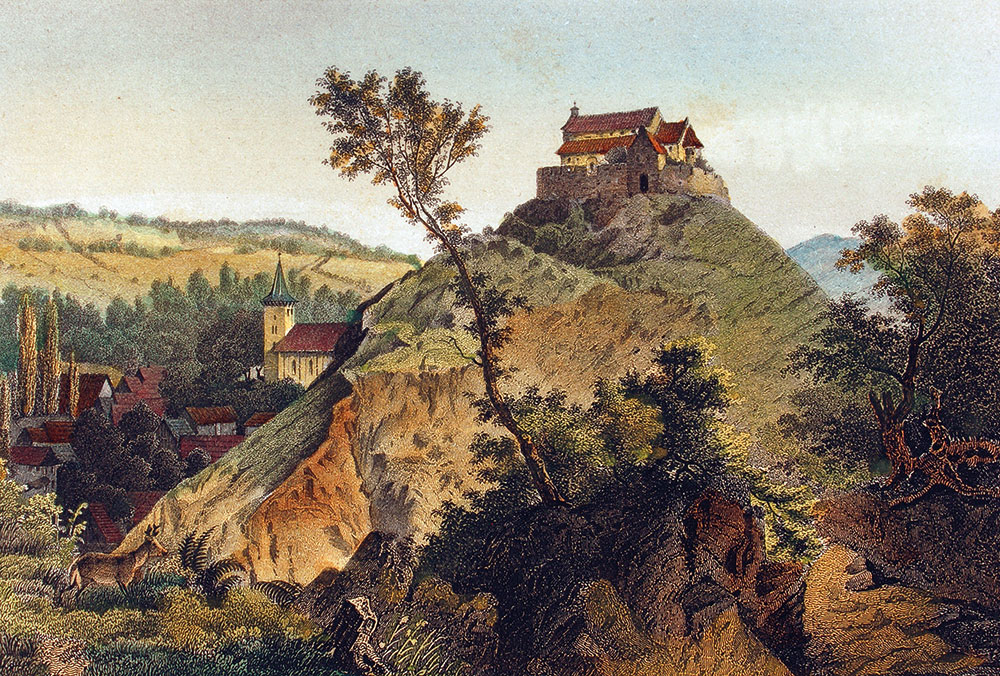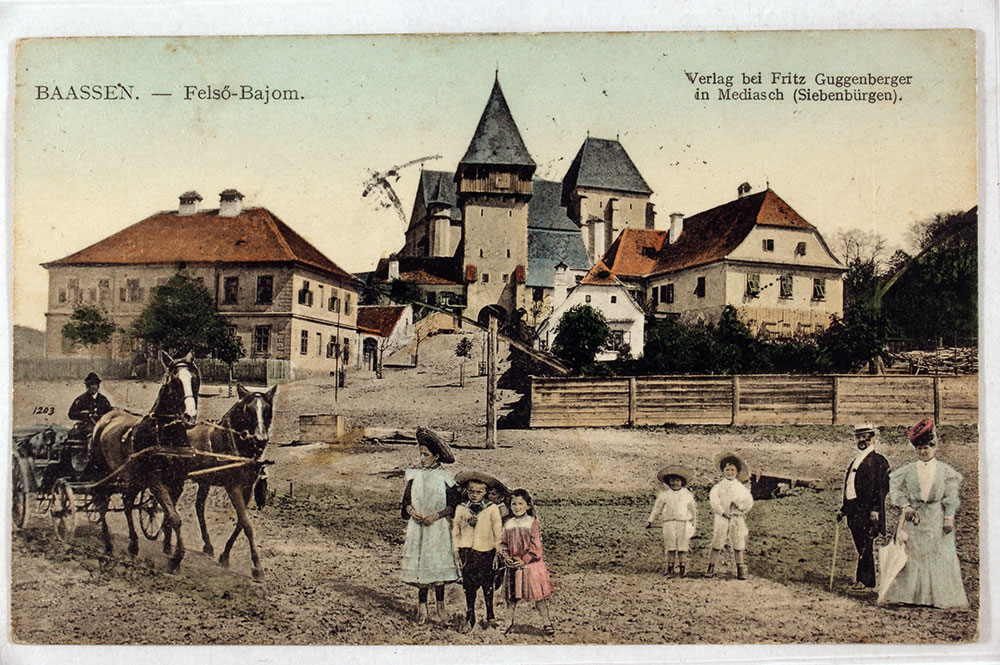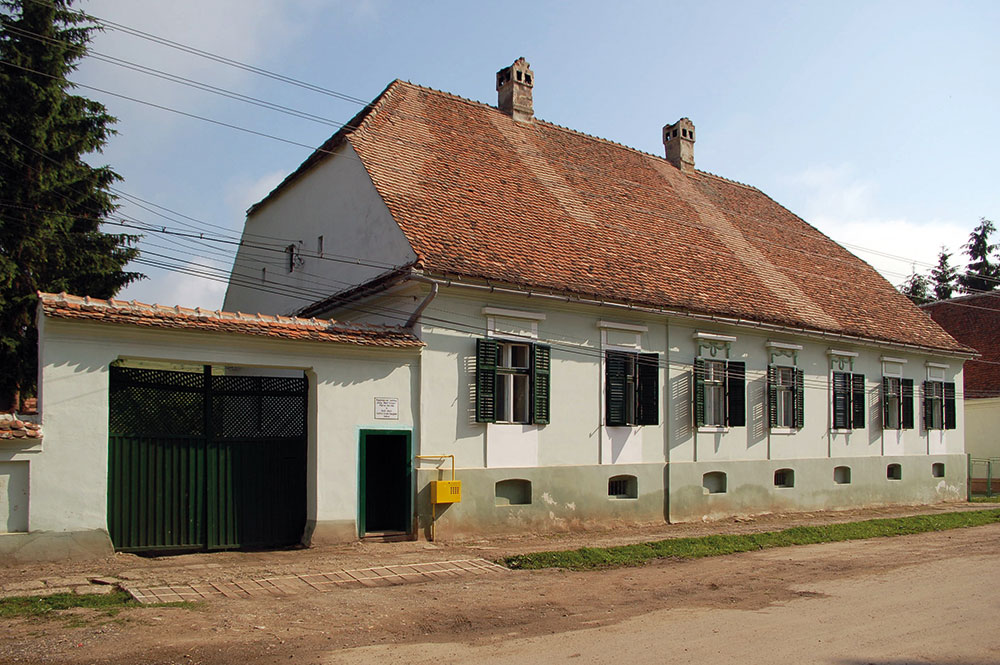„I hope and do not doubt that in a short time Transylvania will stop being “the unknown land” for the rest of Europe as it is has been until now. Travelers will come here to visit, […], through the country scattered ruins of castles and monasteries or strongholds […]. For this reason alone something should be done for the conservation of the few monuments that Transylvania has.”
Charles Boner: Land und Leute in Siebenbürgen, Leipzig 1868
Since the 16th century, travelogues have reported on the culture of the Transylvanian Saxons. However most of these reports were only written during the 19th century, when the country was safe to travel. They are evidence of the fascination with fortified churches, such as the remarkable attention to detail of the imperial-royal official Martin Schlichting who drew around one hundred fortified churches in the 1850s. A few years later the English travel author Charles Boner published the book “Transylvania. Land and people” and delivered the first comprehensive characterization of the cultural landscape. It was followed by numerous travel publications. From the 1970s on the then socialist Romania opened the country and developed tourism. Since 1989, numerous initiatives endeavor to develop a sustainable cultural tourism that is to contribute to the preservation of the landscape of fortified churches. This will also create additional income opportunities for the rural population in particular. Meanwhile, the region voted Best in Travel 2016 by the renowned travel guide Lonely Planet, offers accommodation in lovingly renovated farm- and parish houses for independent travelers.

A partial leg of a small steam train running between Sibiu and Sighișoara, revitalized by a private initiative, gives hope that the fortified churches of the Hârtibaciu Valley can become connected for tourists in the future. Photo: Martin Eichler 
In Ludwig Rohbock’s book “Hungary and Transylvania in picturesque views” published between 1856 and 1864 there are 56 views of Transylvania, among them this wonderful picture of the fortified hill church of Cisnădioara. Photo: Siebenbürgisches Museum, Gundelsheim am Neckar 
Since the mid-19th century, postcards were very popular with the guests of the thriving thermal spa in Bazna. This photo in color shows a view of the fortified church, which has remained almost unchanged until today. Photo: Siebenbürgisches Museum, Gundelsheim am Neckar 
In Cincșor the parish house and the school building – shown here a room with Renaissance decorations – were renovated according to international preservation regulation by a private initiative and turned into comfortable tourist accommodation near the fortified church. Photo: Arne Franke
